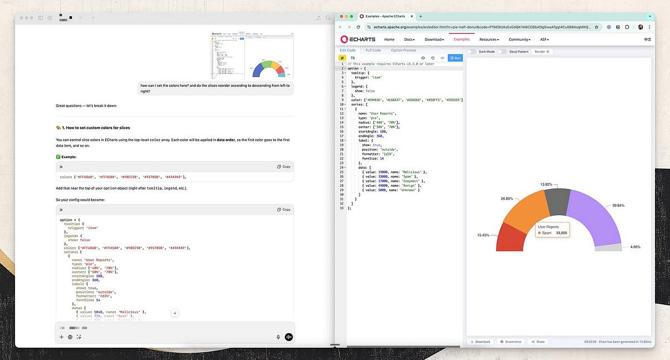UX Design
3w
202

Image Credit: UX Design
Why I skipped Figma and prototyped in code instead
- The article discusses the author's decision to forego using design tools like Figma and instead prototyped in code.
- The author found a use case for 'vibe coding' at Sublime Security as a clearer, faster way to communicate design intent.
- Facing a data visualization challenge for RSA Conference, the author chose to work with ECharts directly rather than spending time reverse engineering into Figma.
- Static mockups for data viz often lead to missed interaction details, time-consuming fake data distributions, and design–dev mismatches.
- Vibe prototyping directly in ECharts helped bridge the design-execution gap and enabled rapid iteration based on design intent.
- The approach of using code for communication, not production details, proved valuable in clarifying design intent efficiently.
- The author emphasized the importance of working within technical constraints, exploring efficiently, and communicating clearly through interactive prototypes.
- Vibe coding tools are deemed valuable for product designers when used for communication, working within safe sandbox environments, and dealing with translation cost in design execution.
- While focusing on data visualization, the article underscores the significance of using tools that better communicate designs for non-deterministic and interactive AI workflows.
- Ultimately, the author's goal is to communicate design intent effectively to the team, using any tool that improves the chances of building a great product with quality and speed.
Read Full Article
12 Likes
For uninterrupted reading, download the app